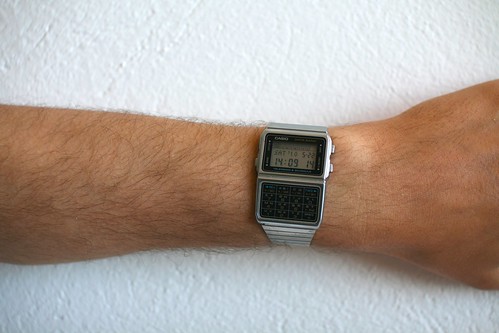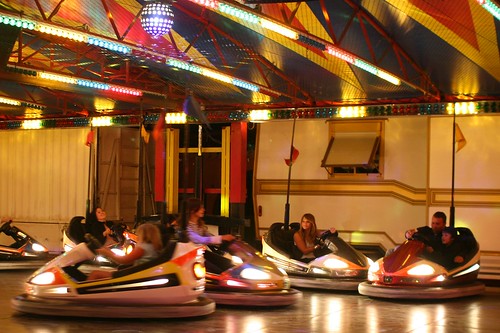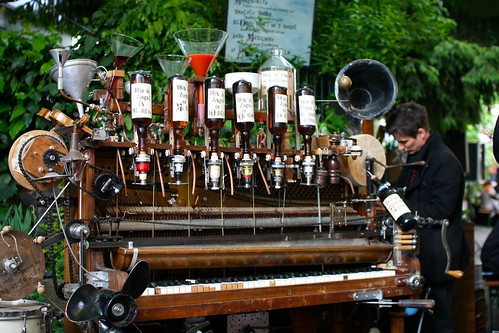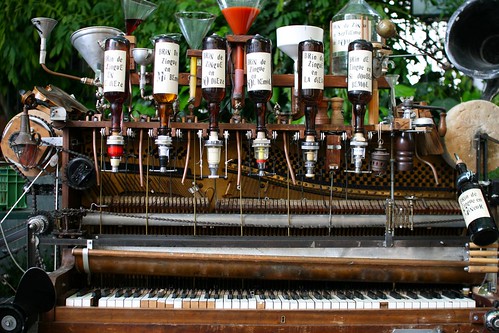The previous week was slightly less packed with travels and meetings so I finally had some time to work on parallel projects and be inspired with discussions here and there.
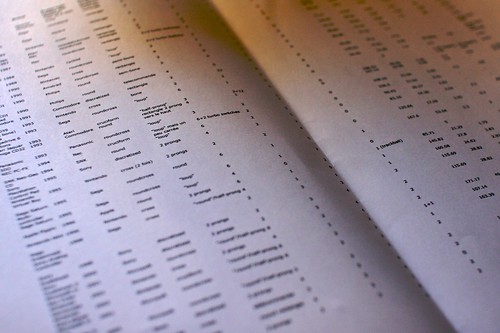 A project I really want to push forward is certainly the one about game controller. It's been a while that we have accumulated the material, but we have trouble doing the analysis because of business matters. Laurent and I finally completed a big spreadsheet (see picture above). It's basically a table with the 42 gamepads we consider as being "official" along with a description of their characteristics: number of buttons, surface, button surface, shape type, d-pad type, connector type, etc. Given our slow rhythm to work on the project, we decided that we will release an intermediary step: a booklet to describe our "visual corpus", i.e. the structured set of artifacts we are analyzing in our project. This booklet will be both available physically (printed) and as an ipad/iPhone app. It will show a sort of series of identity cards describing the joypads.
A project I really want to push forward is certainly the one about game controller. It's been a while that we have accumulated the material, but we have trouble doing the analysis because of business matters. Laurent and I finally completed a big spreadsheet (see picture above). It's basically a table with the 42 gamepads we consider as being "official" along with a description of their characteristics: number of buttons, surface, button surface, shape type, d-pad type, connector type, etc. Given our slow rhythm to work on the project, we decided that we will release an intermediary step: a booklet to describe our "visual corpus", i.e. the structured set of artifacts we are analyzing in our project. This booklet will be both available physically (printed) and as an ipad/iPhone app. It will show a sort of series of identity cards describing the joypads.
Vaguely related with this project: I was interviewed for a french exhibit called "Museogames about the history of video-games. The interview was about the evolution of computer and console game interfaces, the agent of change and the role of cultural difference in this.
As mentioned in my blogpost earlier, I worked on the Lift France 10 program and we are currently tuning the last details, discussing with speakers about their talks.
Besides, I went to Lausanne last Friday to spend the day at the Panoramic Lab. it's basically the studio occupied by Bread and Butter and Ozwe. A good place to spend some time on Friday, to work/discuss/chat with like-minded people, play and observe robots and get some inspiration out of my daily office. I think I will try to keep doing this. Spending a day a week in another office is also healthy in terms of social activities, work on side-projects (such as the game controller thing) and change from daily routines.
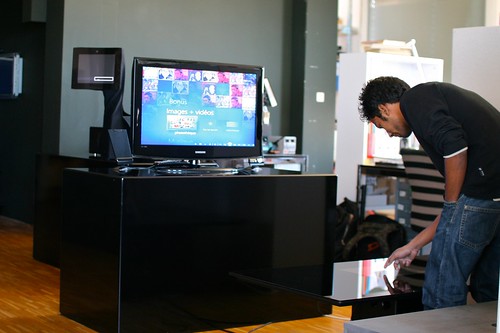
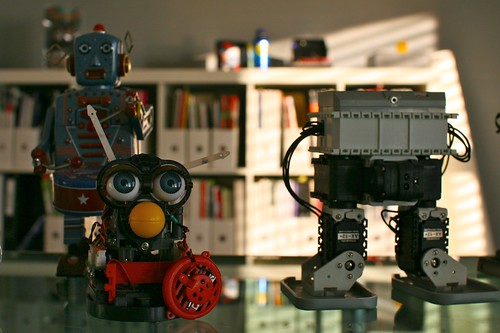
Finally, the week-end was sunny but I managed to find some time to start writing a research proposal about personal data. A potential partnership with local universities and the design school as well as a partner in Asia. We'll see how things goes.
And yes, I read this novel called "Omega Minor" by Paul Verhaegen. Very curious, all over the place (a la Pynchon) and stunning with regards to the topics he deals with. It's not just a book about nazism as the largest European catastrophe, it's also a novel about memory crossed with nuclear physics, wizardry, Berlin, lies, the resurgence of ideas over time and the Holocaust. The author is a researcher in cognitive psychology and given my background in this discipline, I read the book with the information in mind. It lead me to appreciate quotes such as the following:
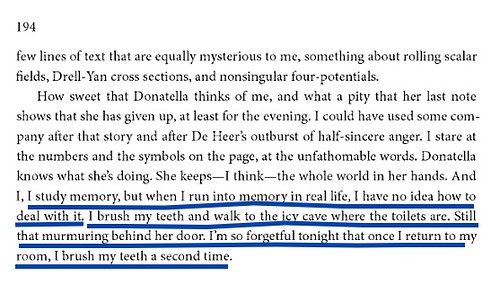 It reminds of me of how I perceived cognitive psychology with regards to much broader perspective about the world. This quote may come handy in presentation about reductionism. Besides, readers interested in his view of memory can also look at the 52 occurrences of the term "memory" to dig more how this topic is addressed in the novel.
It reminds of me of how I perceived cognitive psychology with regards to much broader perspective about the world. This quote may come handy in presentation about reductionism. Besides, readers interested in his view of memory can also look at the 52 occurrences of the term "memory" to dig more how this topic is addressed in the novel.
 This map encountered in Lausanne this week struck me as interesting because of its complexity. The organization in 3 dimensions coupled with the somehow weirdly legible architecture turns the consultation of the map into a curious exploration.
This map encountered in Lausanne this week struck me as interesting because of its complexity. The organization in 3 dimensions coupled with the somehow weirdly legible architecture turns the consultation of the map into a curious exploration. 
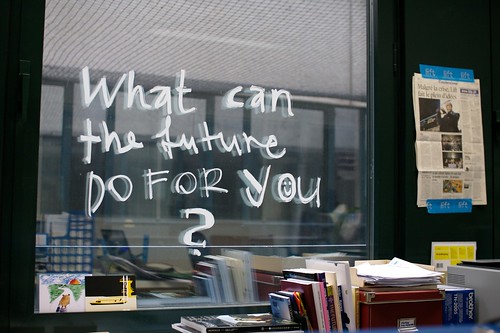







 Some interesting insights about gestural interfaces, the Wii and
Some interesting insights about gestural interfaces, the Wii and  For researchers and designers interested in urban informatics and architecture, the
For researchers and designers interested in urban informatics and architecture, the 

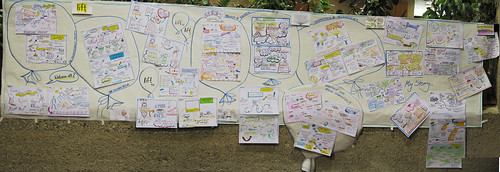
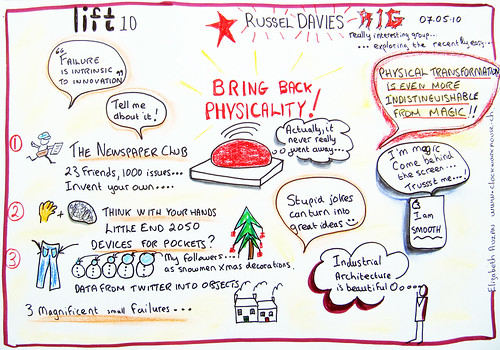 Last week-end was a sort of retreat/holiday to recover from
Last week-end was a sort of retreat/holiday to recover from 

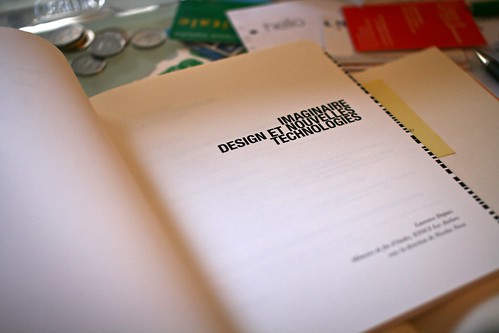
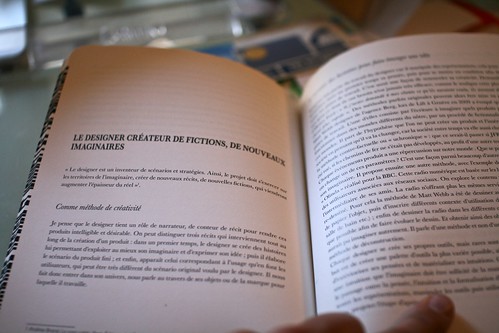
 Pedometers connected to video-games are more and more complex, as attested by this
Pedometers connected to video-games are more and more complex, as attested by this 

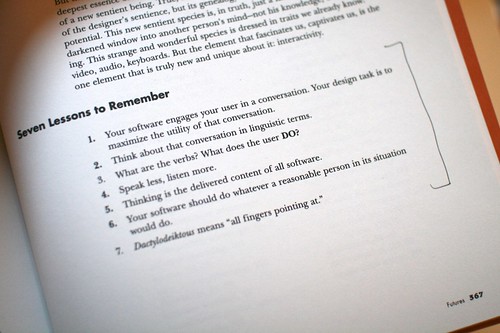
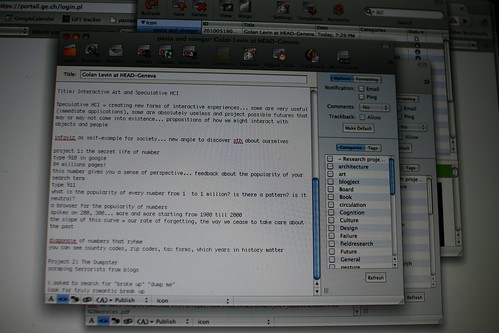
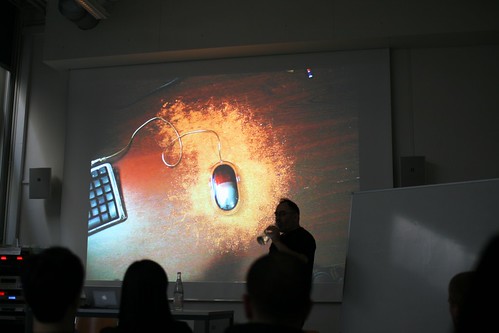
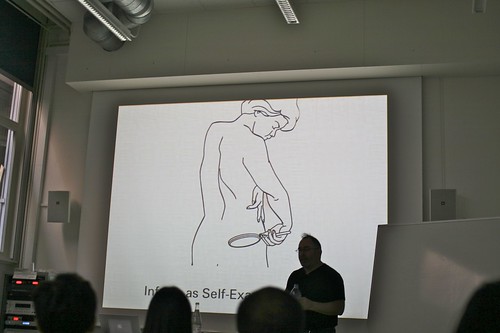
 Some visual research about the gamepad project, like this beautiful representation of what was needed in 1958 to play "Tennis for Two" on an oscilloscope [
Some visual research about the gamepad project, like this beautiful representation of what was needed in 1958 to play "Tennis for Two" on an oscilloscope [ Preparing a speech about Science-Fiction and urban environments, I've been drawn to various representations of cities in the context of speculative movies. This picture of "
Preparing a speech about Science-Fiction and urban environments, I've been drawn to various representations of cities in the context of speculative movies. This picture of "

 Two visualizations by
Two visualizations by 
